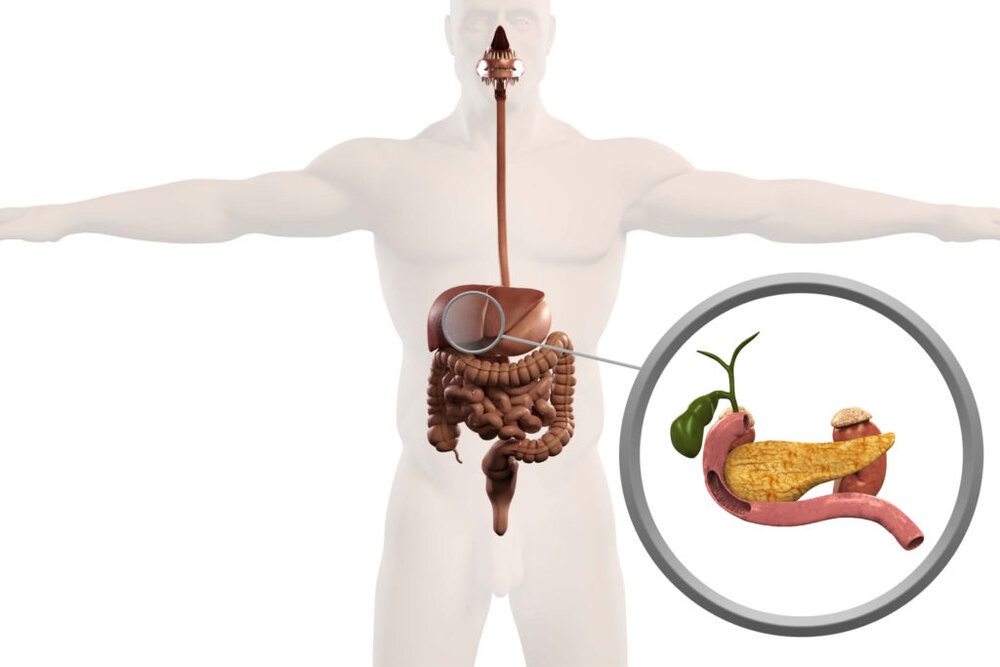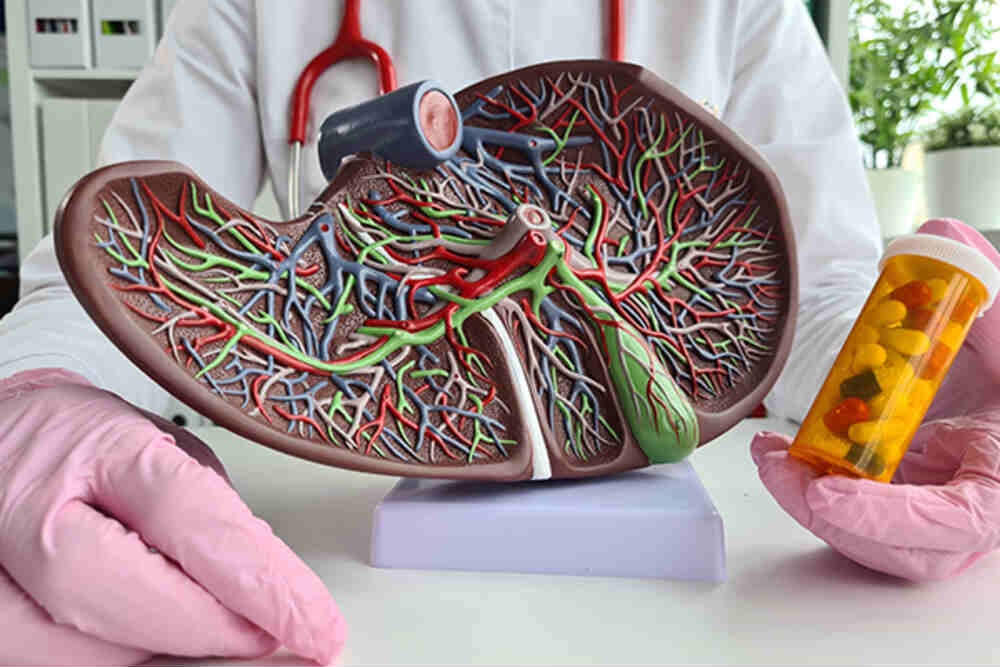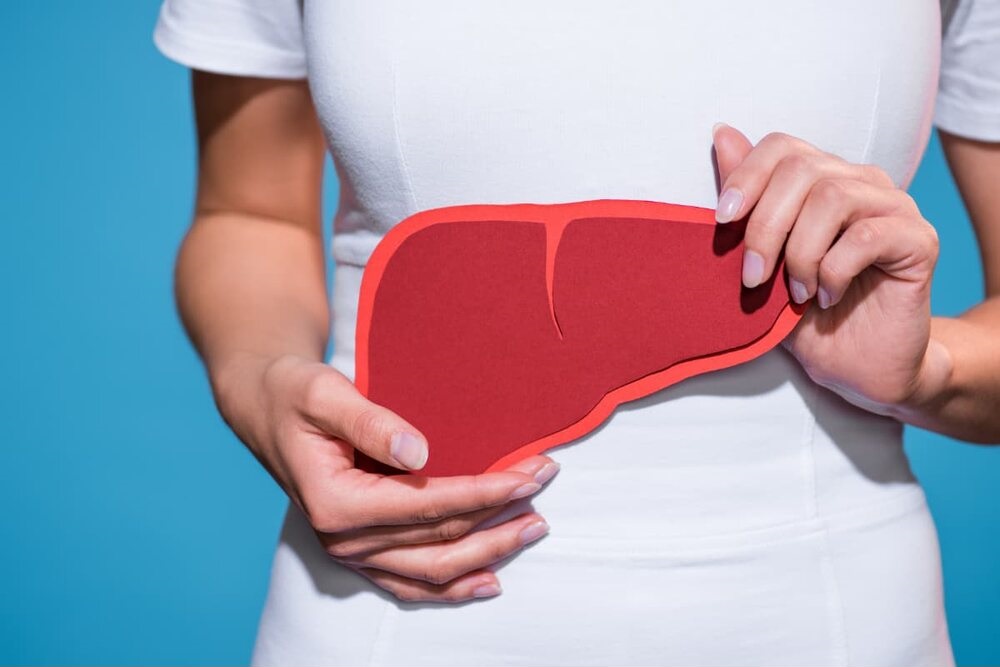Support in Insurance Claim
No-Cost EMI
Without Admission
Short Hospital Stay
4.9 Rating on Google
Benefits

Minimally Invasive

Relieves Obstruction

Reduces Infection Risk

Improves Liver Function
To Book An Appoinment
What is Biliary Drainage?
It is a non-surgical method to treat blocked bile ducts as well as increase the flow of bile from stomach to the liver. The most commonly used method is Percutaneous Transhepatic Drainage (PTBD) which involves tiny catheters are inserted through the skin to the liver, and into bile drains under the guidance of an imaging.
This treatment is extremely effective for patients suffering from various biliary diseases such as bile tract cancers, strictures gallstones or congenital abnormalities like biliary atresia. The PTBD can relieve symptoms such as the itching, jaundice and abdominal pain while also keeping liver damage from occurring or infection. It can also be used as a bridge between surgery or liver transplants when it is required.


Symptoms of Bile Duct Obstruction
Biliary patients might experience a range of signs and symptoms. These may vary based on the cause as well as the severity of obstruction. Signs that are common include:
- Jaundice: Yellowing of the eyes and the skin because of the buildup of bile the bloodstream.
- Urine that is dark: Caused by an excess of bilirubin which kidneys release.
- Colored stools that look clay or pale The inability of bile to reach the intestines, which causes light stool color.
- The skin is itchy (pruritus) The bile salts accumulate on the skin and cause extreme itching.
- Upper abdominal pain is usually on the right side of the abdomen. It can also radiate towards the back.
- Vomiting and nausea: due to a weakened digestion or bile flow disturbance.
- Chills and fever: Could suggest a cholangitis infection or by stagnation of the bile.
- Insomnia and weight loss. Prolonged obstruction can impact overall nutritional status.
- Apathy and fatigue. Toxin the accumulation of bile from a blocked bile drain may cause general ill-health.
Causes of Bile Duct Blockage
A blockage in the bile duct happens because the normal flow of bile through the liver towards the intestines is stopped. The most common causes are:
- Gallstones are hard deposits that block the flow of bile.
- Cancers or tumors: Cholangiocarcinoma, pancreatic carcinoma, or liver cancers.
- The biliary ducts are narrowed the ducts because of scarring, inflammation or surgery prior to.
- Birth imperfections, such as atresia biliary that is prevalent in infants.
- Post-surgical complications Scar tissue or altered anatomy following operations to the gallbladders or the liver.
A precise diagnosis is essential in ensuring effective obstruction of the bile passage treatment. The interventional radiology techniques such as PTBD or stenting frequently preferable because they're more minimally invasive, extremely effective and more secure as compared to open surgeries.


Biliary Drainage Treatment Options
In IRFacilities, Dr Sandeep Sharma provides advanced minimally invasive treatments for obstructions to the bile duct. Based on the condition of the patient, the treatment options include:
Traditional Methods
- ERCP (Endoscopic Retrograde Cholangiopancreatography) - Endoscopic drainage of the bile ducts, commonly used for simple obstructions.
PTBD (Percutaneous Transhepatic Biliary Drainage)
- Perfect for multiple strictures for post-surgical or cases of complex obstruction.
- This procedure is possible even when there is a duodenal obstruction.
- Offers therapeutic as well as diagnostic advantages, since it can identify blockages and improve the flow of bile.
Biliary Stenting
Biliary stenting is placement of stents which are tubes used to relieve blockage in the biliary ducts or to treat leaks. Stents are generally inserted a few days after the initial drainage procedure. They keep the narrowed duct open without a catheter.
Types of Stents
- Plastic stents: Temporary, removable stents are commonly used for benign obstructions.
- Metallic stents: Used primarily for malignant disorders like tumors of the bile duct and longer-term bile drainage.
- WallFlex Stents: Specially developed stents to treat complex cases to ensure the best flow of bile.
Biliary Drainage Treatment Cost in India
India provides cost-effective treatment options to treat bile duct obstructions, compared to conventional procedures. At IRFacilities, the estimates of costs are:
- Stent made of plastic (ERCP/Drainage). The cost range is between Rs25,000 and Rs40,000
- WallFlex Stent (special stent) from Rs50,000 to 75,000
- Metallic stent: Rs80,000
- PTBD procedure costs: Significantly less expensive than open surgery, and faster recovery.
- Percutaneous Transhepatic Cholangiogram (PCT) Cost of diagnosis is dependent on the condition of the patient and dthe egree of complexity.
Minimally-invasive procedures such as PTBD and stenting can reduce the duration of hospitalization, decrease risks of infection and are much more affordable as compared to traditional surgical alternatives. Patients can anticipate faster recovery as well as quicker relief from signs and symptoms.




























